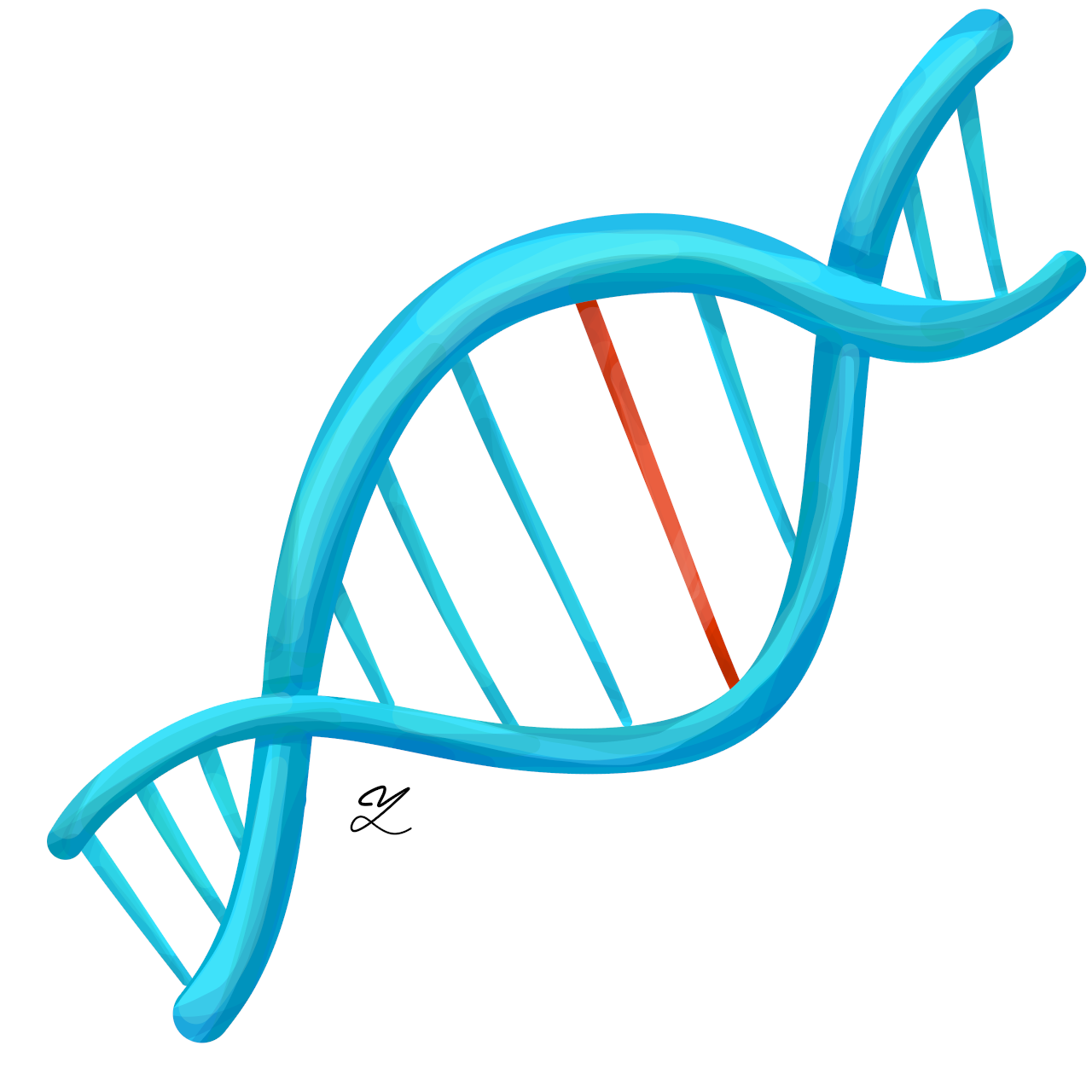
Yale researchers have developed a new in vivo gene editing technique to correct mutations that cause beta thalassemia, a type of anemia that reduces the production of hemoglobin.
The study was a joint effort between the labs of Yale School of Medicine professor Peter Glazer and biomedical engineering professor Mark Saltzman. The collaboration, which began in 2009, has resulted in a successful in vivo technology for gene editing.
“We designed a technology based at the interface of chemistry, biology and nanotechnology to edit a genetic mutation in anemic mice, improving the phenotype of diseased mice with very minimal off-target effects,” said Raman Bahal, co-lead author on the study and medical school research associate.
Previously, this technology had mostly been limited to in-vitro cell culture studies, according to Nicole McNeer MED ’14, co-lead author on the study and pediatric resident at the Medical School. The research was published in the journal Nature Communications on Oct. 26.
The technology developed by the Glazer lab involved a protein in bone marrow with the ability to activate stem cells — cells that are the most responsive to gene editing. According to the study, this protein, when combined with synthetic molecules known as PNAs, binds to a target gene to form a triple helix and triggers the cell’s own repair processes to fix the thalassemia-causing mutation.
The therapy was intravenously transported into the mouse model using simple, biodegradable nanoparticles from Saltzman’s laboratory. These efforts allowed the researchers to avoid adverse effects on cells from previous harsh chemical techniques, such as electroporation and nucleofection, and to start testing the technology in vivo, according to McNeer.
Study co-author Audrey Turchick GRD ’18 explained that while gene editing techniques must be tested in cell culture for both efficacy and safety before introducing the technology in vivo because model organisms are much more complex than cells in a dish.
“You must consider the variety of different cell and tissue types that compose these animals,” Turchick said. “Being able to obtain targeted gene correction to specific cell types without general toxicity becomes a complex problem, because in the end, you want the treatment to be safe and effective.”
In the study, the researchers discovered that primitive hematopoietic stem cells had higher rates of gene editing than the more differentiated cells. These cells were more effective as gene editing tools, likely because they had more robust DNA repair mechanisms in place, McNeer said.
McNeer added that this observation about the different biology of hematopoietic stem cells has made this type of strategy for in vivo gene editing more viable.
Based on this finding, the mice were treated with additional stem cell factors to test if the stem cell factor in conjunction with the PNA led to a therapeutic benefit. To determine this, the authors looked at whether the mutation was corrected via sequencing, examined the blood cells and spleen from the animals and tested the hemoglobin levels of the mice, Turchick said.
McNeer noted the advantages of the mouse model. “You can look at the blood cells, degree of anemia and spleen size — a number of functional markers to see whether the gene editing had a physiological effect,” she said.
The researchers found that these intravenous treatments resulted in increased editing, suggesting that stimulation of the stem cell population upregulates the cells’ DNA repair mechanism — making it more likely for them to undergo gene editing.
Bahal added that another important breakthrough of this study was the development of a minimally invasive approach to the gene editing process. Unlike systems such as CRISPR/Cas9, TALEN and ZFNs, in which nuclease activity causes numerous off-target effects, this technique does not involve any nuclease activity and results in much fewer unwanted DNA changes.
By successfully editing the genes of mice with thalassemia, this gene therapy may be further studied to treat humans with inherited blood disorders. The technique has been applied to study several different diseases so far, including beta thalassemia, cystic fibrosis and sickle cell anemia, according to McNeer.
“This is a technology that could be applied to any single-gene disorder, and our goal is really to develop this technology — working on both its efficiency in editing and being able to do it directly in vivo,” McNeer said.
The researchers’ next targets include further improving the therapy’s efficiency and nanoparticle designs, targeting other hematological disorders and planning clinical studies based on this technology, Bahal said.
Anemia is a genetic disorder that affects more than three million Americans, according to the National Heart, Lung and Blood Institute.







